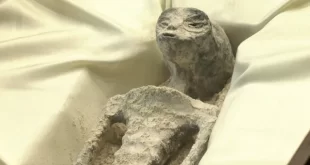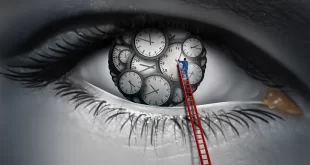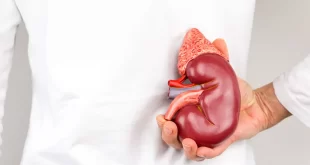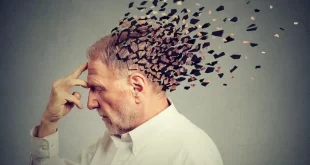Highly curly and frizzy hair not only boasts its unique style but also carries a fascinating history of providing protection from heat, inadvertently contributing to the development of the human brain. Frustrated by the maintenance of your curly or kinky hair? Do you occasionally yearn for the long, silky tresses often seen on red carpets? However, your curls possess a significant advantage over straight hair, particularly during the hot summer months. They are believed to be a defense against heat. This insight emerges from research published in the Proceedings of the National Academy of Sciences, conducted collaboratively by several international universities.
Curly hair offers superior sun protection In order to ascertain the role of human hair texture in body temperature regulation, scientists employed a thermal mannequin. This human-shaped object utilizes electrical energy to simulate body heat. Researchers exposed it to lamps simulating solar radiation and placed it in a wind tunnel to imitate the effects of wind.
Initially, the mannequin was presented in its “bald” state. Subsequent measurements involved placing wigs on it: one straight, another moderately curly, and finally one with tightly wound curls.
The scientists then calculated the total heat loss recorded between the lamp and the mannequin, considering its hair texture and the simulated wind conditions. Their findings revealed that while all hair types reduced solar radiation impact on the scalp, tightly curly hair offered the best protection against heat, minimizing the need for sweating to “stay cool.”
The role of curly hair in brain development For researchers, the protective properties of curly hair might hold a key to understanding the evolution of the human brain. Tina Lasisi, who led the study during her doctoral research at Penn State, points out that the brain is sensitive to heat and requires protection.
In her view, hair likely aided adaptation as early humans, residing in equatorial Africa, began to walk upright. The emergence of curls could have mitigated the adverse effects of solar radiation and heat on the skull. By keeping humans cool—without necessitating extra resources from the body—curly hair may have indirectly facilitated brain development.
“Approximately 2 million years ago, we see Homo erectus, who had a physique similar to ours but a smaller brain,” Tina Lasisi explains in a press release. “Around 1 million years ago, we were essentially at the size of the modern brain. Something released a physical constraint that allowed our brain to develop. We believe that scalp hair provided a passive mechanism for reducing the amount of heat from solar radiation, a task our sweat glands could not manage.”
 medjouel.com Study Non Stop
medjouel.com Study Non Stop



